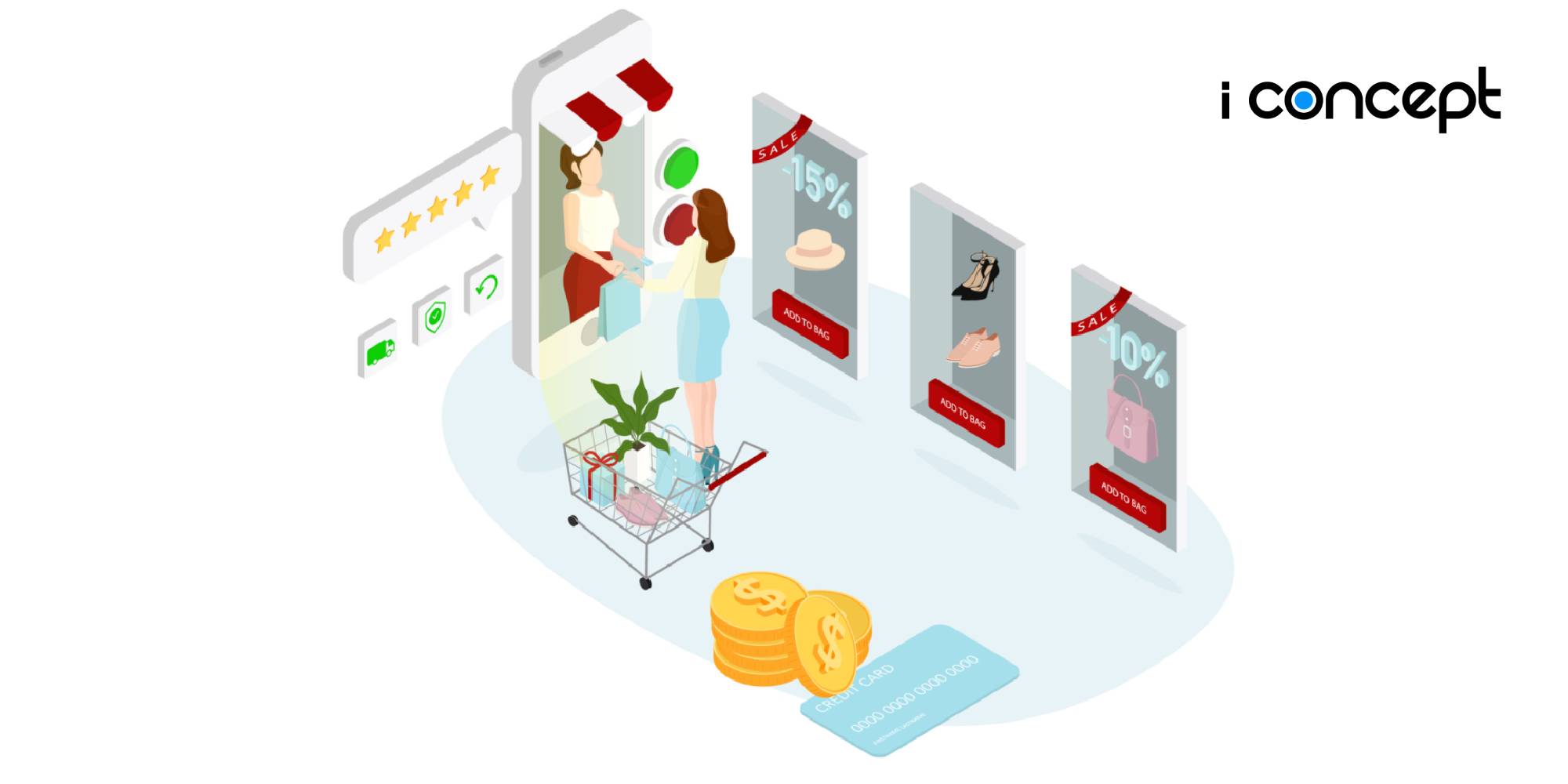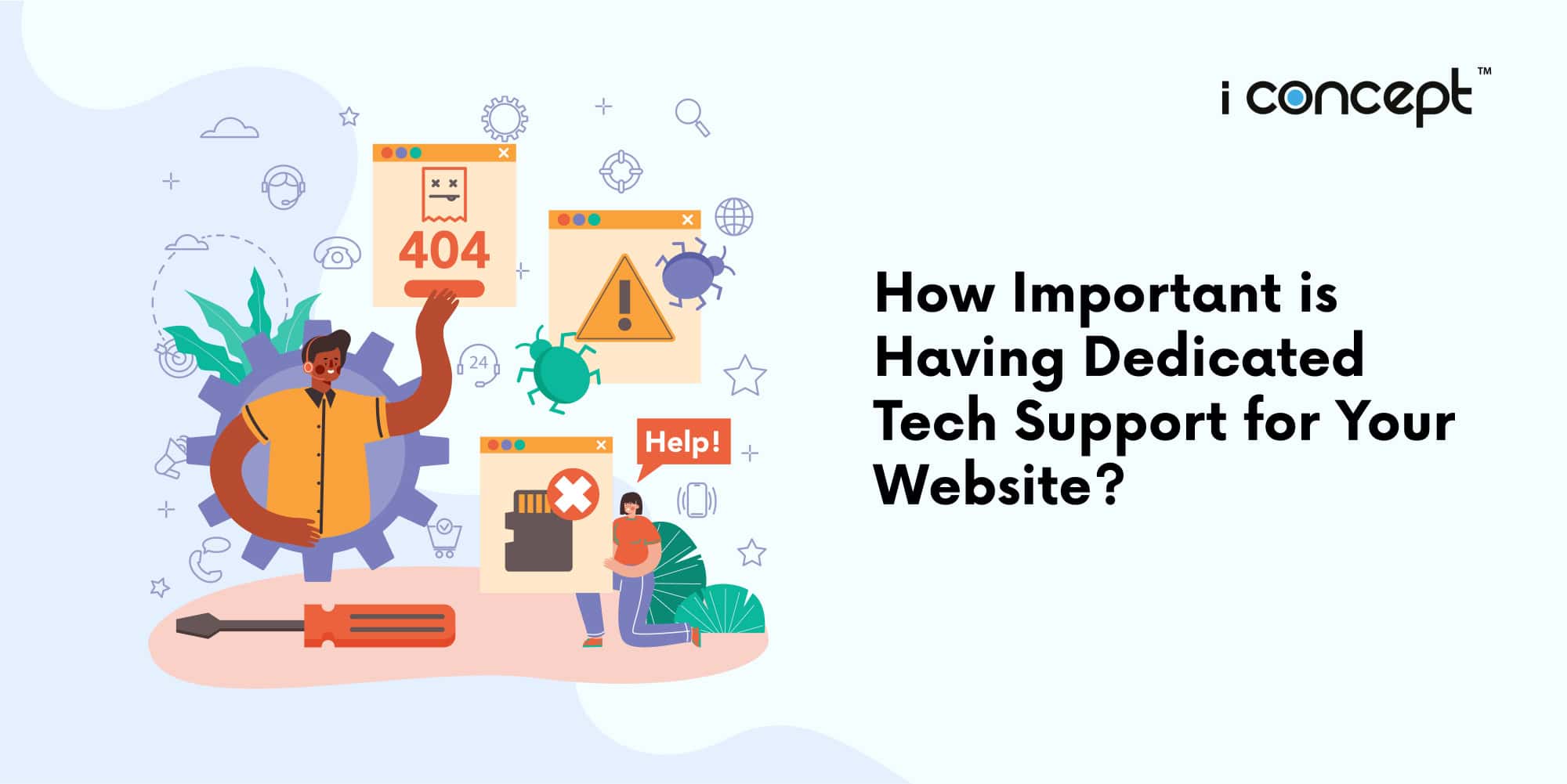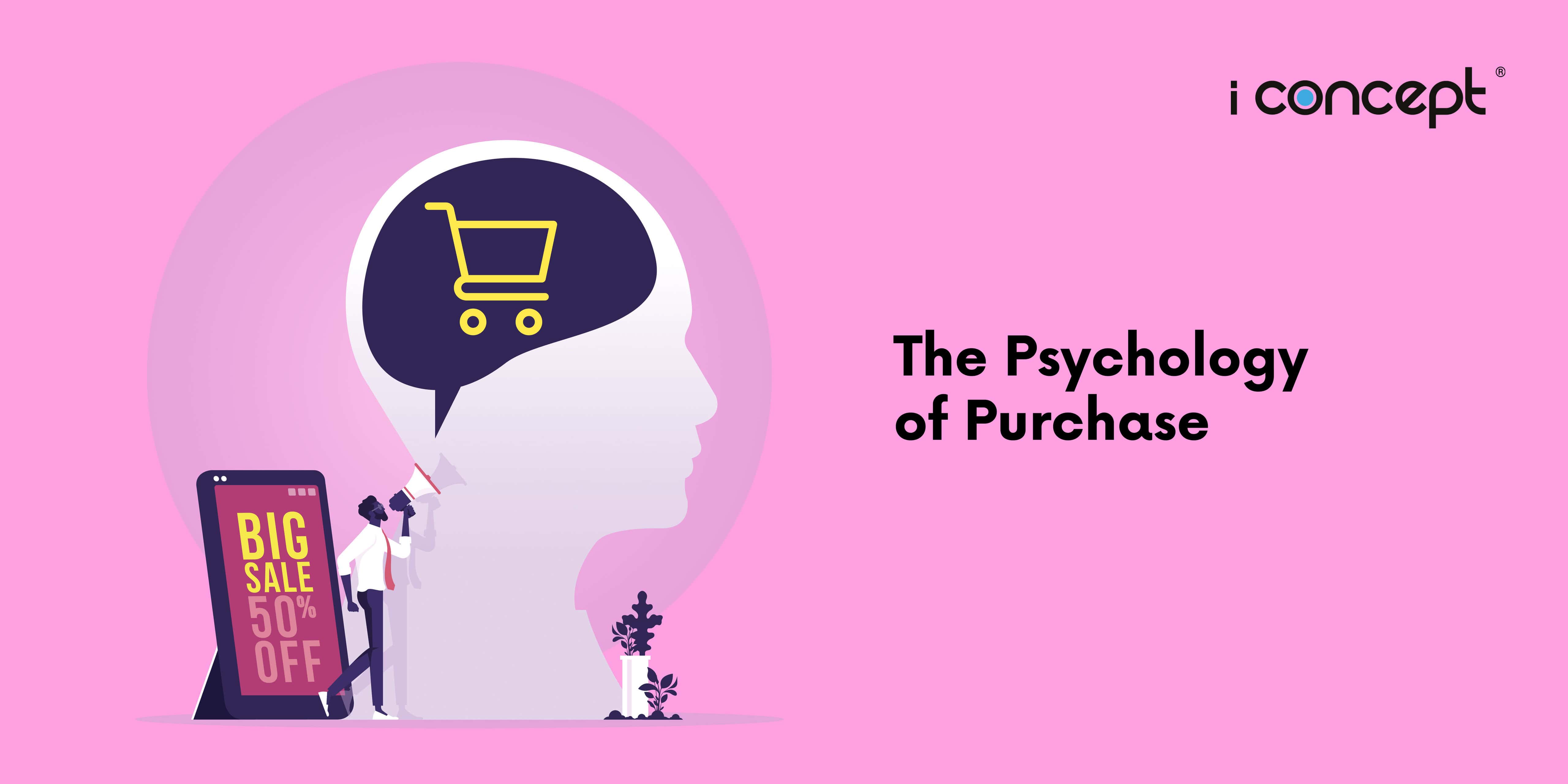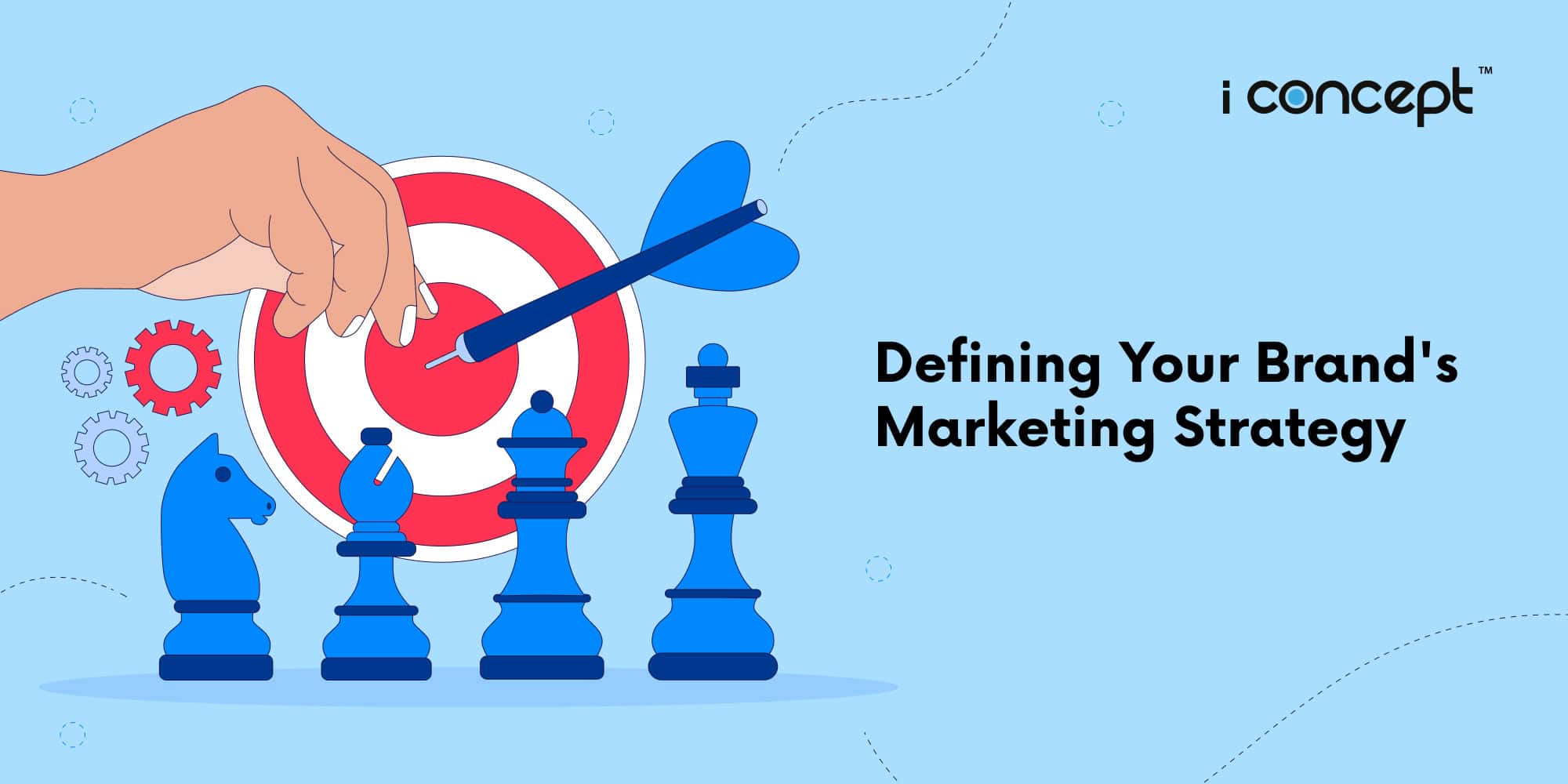Anything can be daunting when you’re venturing into it for the first time, just like how you struggled when you first decided to ride a bike, or when you first went to school. Similarly for any first-time owners of eCommerce in Singapore, venturing into it for the first time can be unnerving.
Do you remember what made those first times a little easier? Maybe it was assistance from a loved one or perhaps some very helpful tips. Either way, it’s always easier not to go into it blind and unassisted.
Well, that’s what we’re here to do. To help you start off on your eCommerce website development, here are the first 5 steps you’ve to take to help your online store get off to a quick start:
1. Choose a Domain and Platform
First, you need a name and domain for your eCommerce website and preferably something that represents both your brand and the product or services that you are providing. Of course, remember to check the availability of the domain.
A unique and representative domain gives your eCommerce site more recognisability, plus you’ll get a professional email that’s linked to the domain to communicate with your potential customers. Most SEO specialists would agree that a representative domain also helps on the Search Engine Ranking Pages (SERP).
Subsequently, you’ll need to choose an eCommerce platform for your website before you moving further. There are lots of them out there, so you’ll need to weigh up the pros and cons of each option before deciding the right one for you.
Based on our experience as an eCommerce developer, we have a preference for WooCommerce for its usability and functionality as well as its user-friendliness. It has also a wider variety of functions that allow more adaptations in the future.
2. Know Your Products/Services and Brand
If you want people to buy your products/services, you first need to make sure that you know the value proposition they provide and subsequently market them in the right way. These are all key factors in building up your brand and helping you achieve the best outcomes for your eCommerce development.
But how do you present your products in the right way? Well, this part takes a lot of research and analysis of your own brand and your competitors.
Conduct a competitive analysis and focus on creating a unique brand profile within the industry you’re in. Use this same profile to set the direction for all of your assets going forward, even in your eCommerce design.
3. Have A Logo and Colour Palette In Mind
Colours play a big role in the psychology of individuals and affect how they feel, which is why choosing the right colour palette matters for your branding. Whether it’s red to encourage an appetite for food or yellow to represent youthfulness, having the right mix can help you stand out from your competitors.
Next, you’ll need to decide on a logo that can accurately represent your brand and what it stands for. It’ll be good if there’s a direct or indirect link to your products. Of course, it should fit into your brand well but it should also offer an appealing aesthetic that people can share with their friends.
Both of these elements play a critical role in your eCommerce website design and often drives its development. Hence, this is something that you don’t want to rush because the wrong logo can really impact your whole business in a negative way. You should also consider approaching a creative agency to help.
4. Have Your Pricing Strategy In Place
The point of the eCommerce is for you to make some dough, so you need to know how much you feel you should charge your products/services. Do take note that your pricing will affect your brand’s image and perception as well.
Pricing strategy includes potential promotions, rewards programmes as well as bundle pricing are all essentials of any eCommerce development in Singapore, which means any eCommerce developers need this information before they proceed.
5. Develop An ECommerce Website
Your eCommerce website sets the infrastructure for all of your businesses and transactions, be it payment, logistics or marketing. Hence, it’s important to consider carefully before adopting any eCommerce solutions.
Regardless of whether you’re looking to DIY or approach an eCommerce website design company in Singapore, the eventual design of your eCommerce site should be effective as well as appealing.
Ensure that the user journey is streamlined and the user experience is satisfactory on your eCommerce site.
As this is often a complicated process, you might want to approach a team of eCommerce developers in Singapore to take over this part or guide you through it.
Closing Thoughts
ECommerce may be petrifying to approach but once you overcome the initial steps listed out, you should be able to reap the benefits without incurring too much cost. The best part? There’re even grants to help set-up eCommerce businesses for SMEs these days – the Productivity Solutions Grant. Just approach any pre-approved vendor like ourselves to get started on a Singapore eCommerce solution at a subsidised rate of up to 70%!
